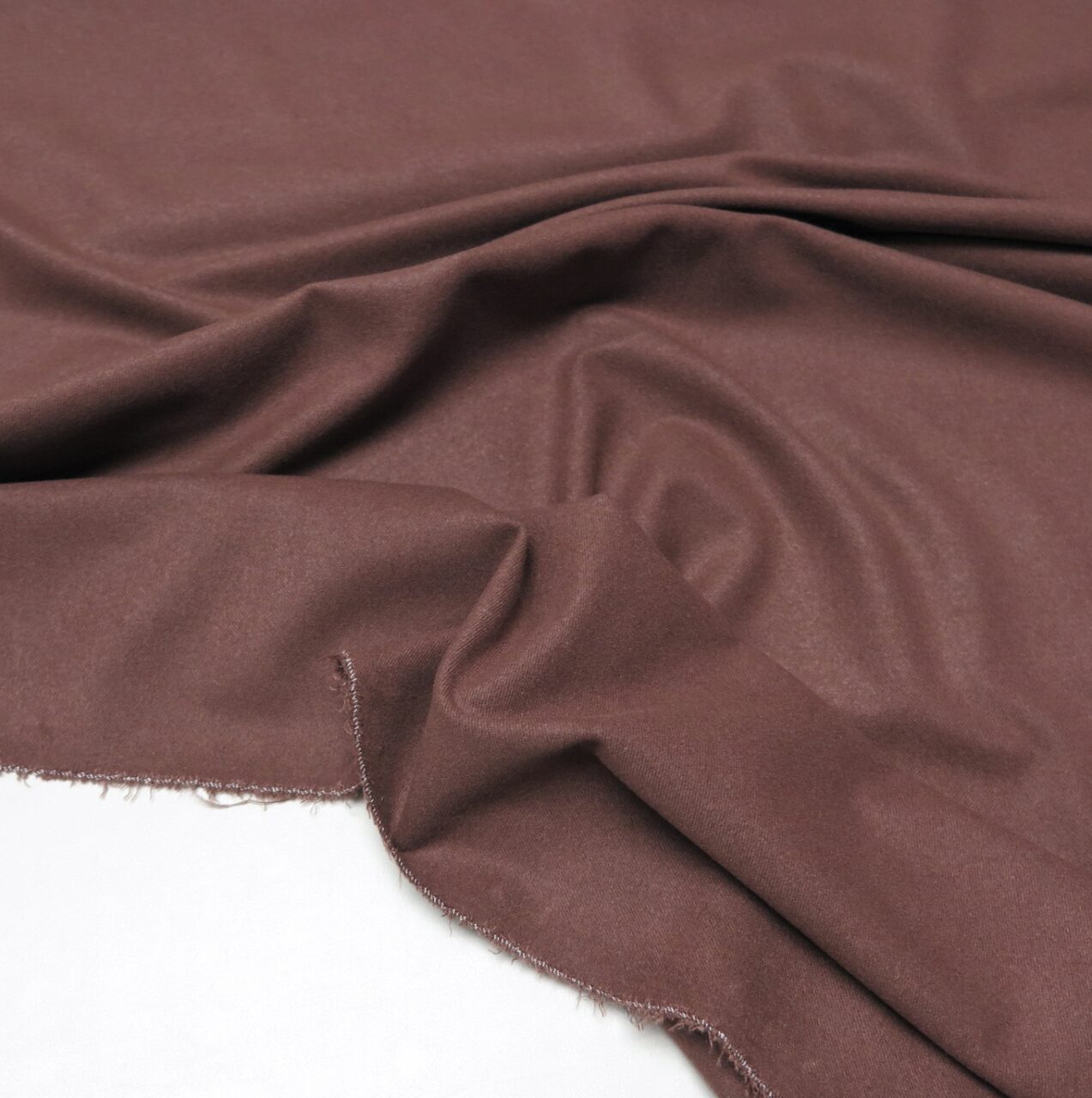Introduction
Viscose fabric, also known as rayon, is a popular choice in the fashion and textile industry due to its versatility and luxurious feel. Many people are drawn to viscose for its softness, breathability, and draping qualities. However, when it comes to the stretchiness of viscose fabric, there is some confusion and misinformation. In this article, we will explore the properties of viscose fabric and answer the question: Is viscose fabric stretchy?
Understanding Viscose Fabric
Viscose fabric is a semi-synthetic material made from regenerated cellulose fibers, typically derived from wood pulp or bamboo. The production process involves dissolving the cellulose into a viscous solution and then extruding it through tiny openings to create fibers. These fibers are then spun into yarns and woven or knitted into fabric. The resulting material has a smooth, silky appearance and a comfortable, breathable texture that makes it ideal for various clothing and textile applications.
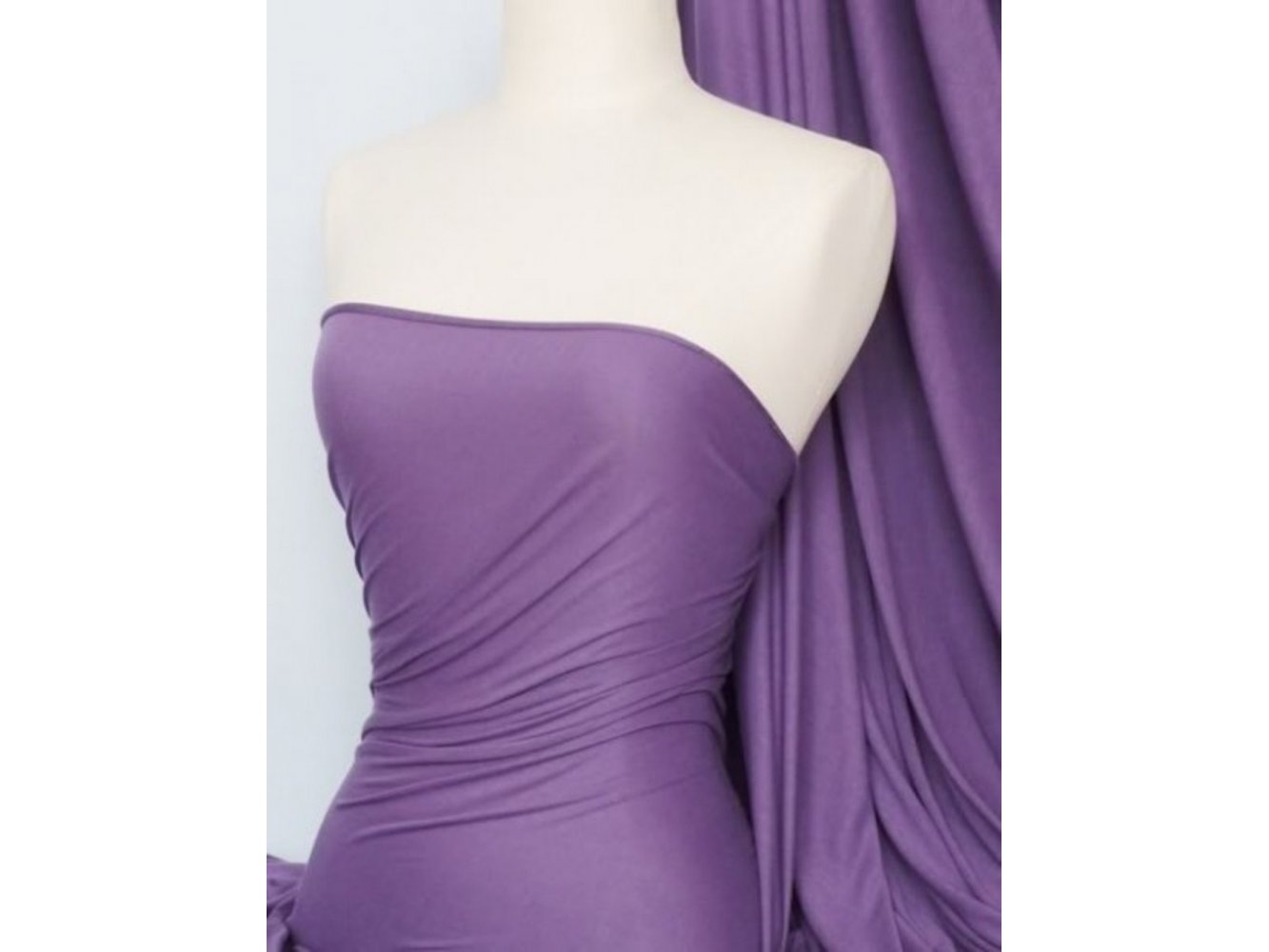
The Natural Characteristics of Viscose
Viscose fabric is prized for its natural properties, which include excellent drape, moisture absorption, and breathability. It has a smooth and cool feel against the skin, making it suitable for warm weather garments. The fabric also has a subtle sheen that adds to its aesthetic appeal. Viscose is known for its ability to drape elegantly, creating flowing and flattering silhouettes in garments such as dresses, blouses, and scarves. These inherent characteristics contribute to the popularity of viscose in the fashion industry.
The Stretchiness of Viscose Fabric
When it comes to stretchiness, viscose fabric exhibits some degree of elasticity, but it is not inherently stretchy in the same way as spandex or elastane. Viscose fibers have natural flexibility, allowing the fabric to stretch moderately under tension. This means that viscose garments can provide a comfortable amount of give and freedom of movement, but they do not have the same level of stretch as materials specifically designed for stretch and recovery, such as knit jersey or performance fabrics.
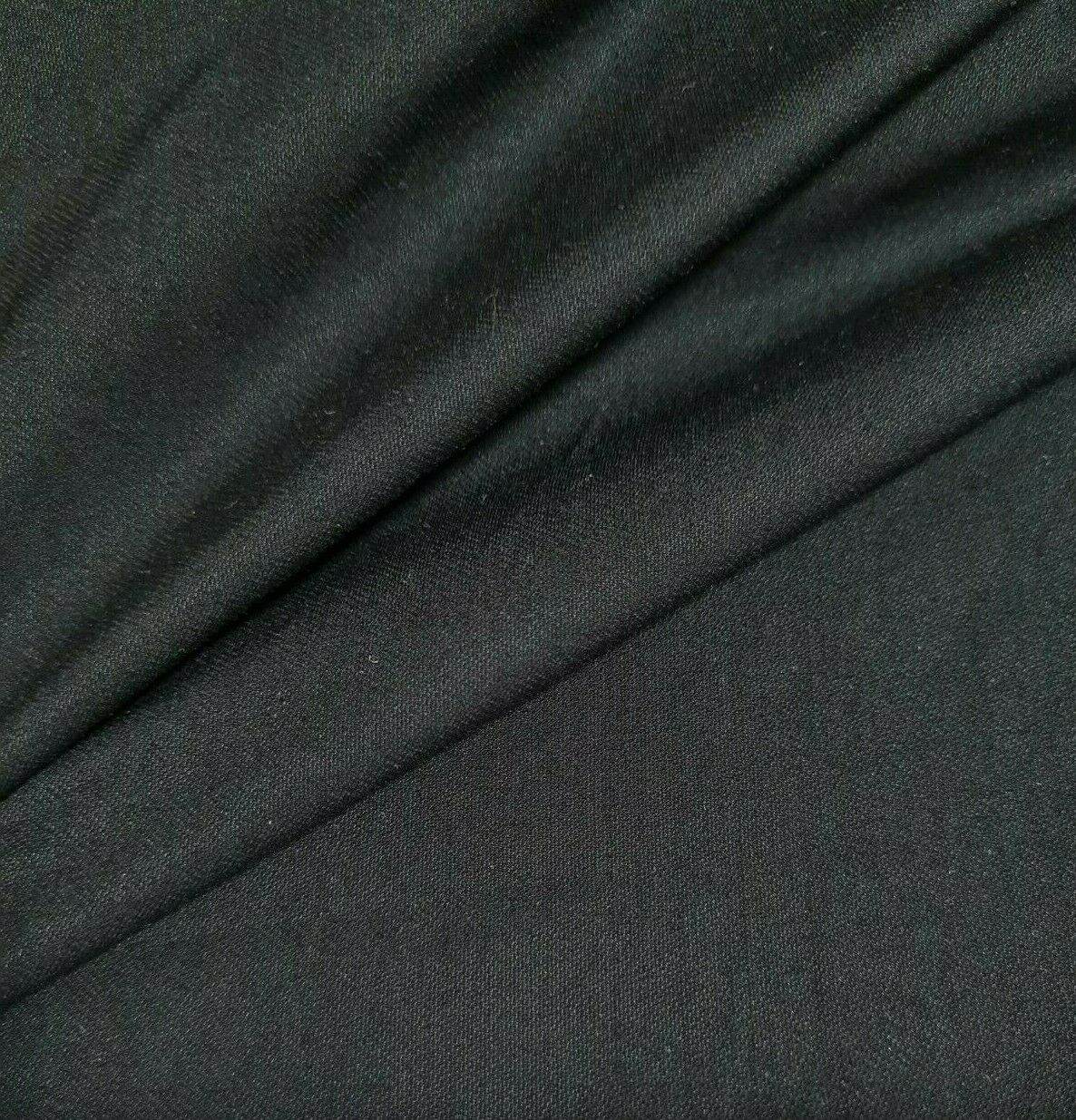
Factors Affecting Stretchiness
Several factors influence the stretchiness of viscose fabric, including the manufacturing process, weave or knit structure, and the presence of blended fibers. The way viscose fibers are processed and woven or knitted into fabric can affect their stretch properties. For example, a tighter weave or knit may reduce the overall stretchiness of the fabric compared to a looser construction. Additionally, the inclusion of spandex or elastane fibers in a viscose blend can significantly enhance the stretch and recovery of the fabric.
Blended Viscose Fabrics
In many cases, viscose is blended with other fibers to improve certain characteristics, including stretch. Viscose-spandex blends, for instance, combine the natural drape and breathability of viscose with the stretch and recovery of spandex. This combination results in a fabric that retains the desirable qualities of viscose while offering enhanced flexibility and resilience. Blended viscose fabrics are commonly used in the production of stretchy, form-fitting garments like leggings, activewear, and bodycon dresses.
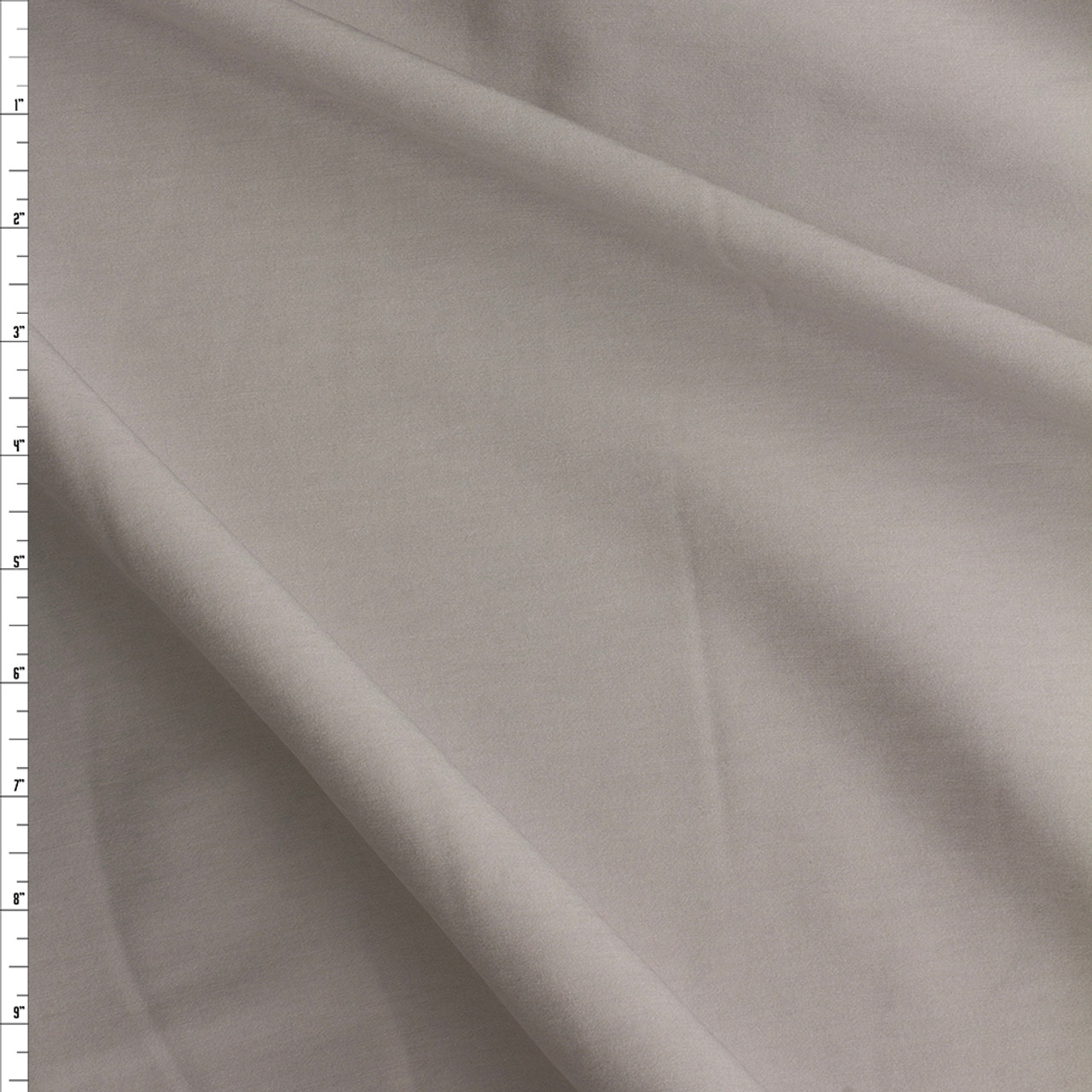
Viscose Knitwear and Stretch Properties
In knitted form, viscose fabric may exhibit greater stretch compared to woven viscose due to the inherent stretchiness of knitted constructions. Knitwear made from viscose yarns can offer a comfortable level of stretch and flexibility, making it suitable for body-hugging designs or garments that require ease of movement. The stretch properties of viscose knits can vary based on factors such as stitch pattern, gauge, and yarn composition, providing designers with options to tailor the fabric’s stretchiness to suit specific garment styles.
Care and Maintenance Considerations
When working with or wearing viscose garments, it is essential to be mindful of their care and maintenance requirements. While viscose fabric can provide a beautiful drape and luxurious feel, it is susceptible to shrinkage and loss of elasticity if not handled properly. To preserve the stretchiness and overall quality of viscose items, it is advisable to follow the care instructions provided by the manufacturer, which may include recommendations for washing, drying, and ironing the fabric.
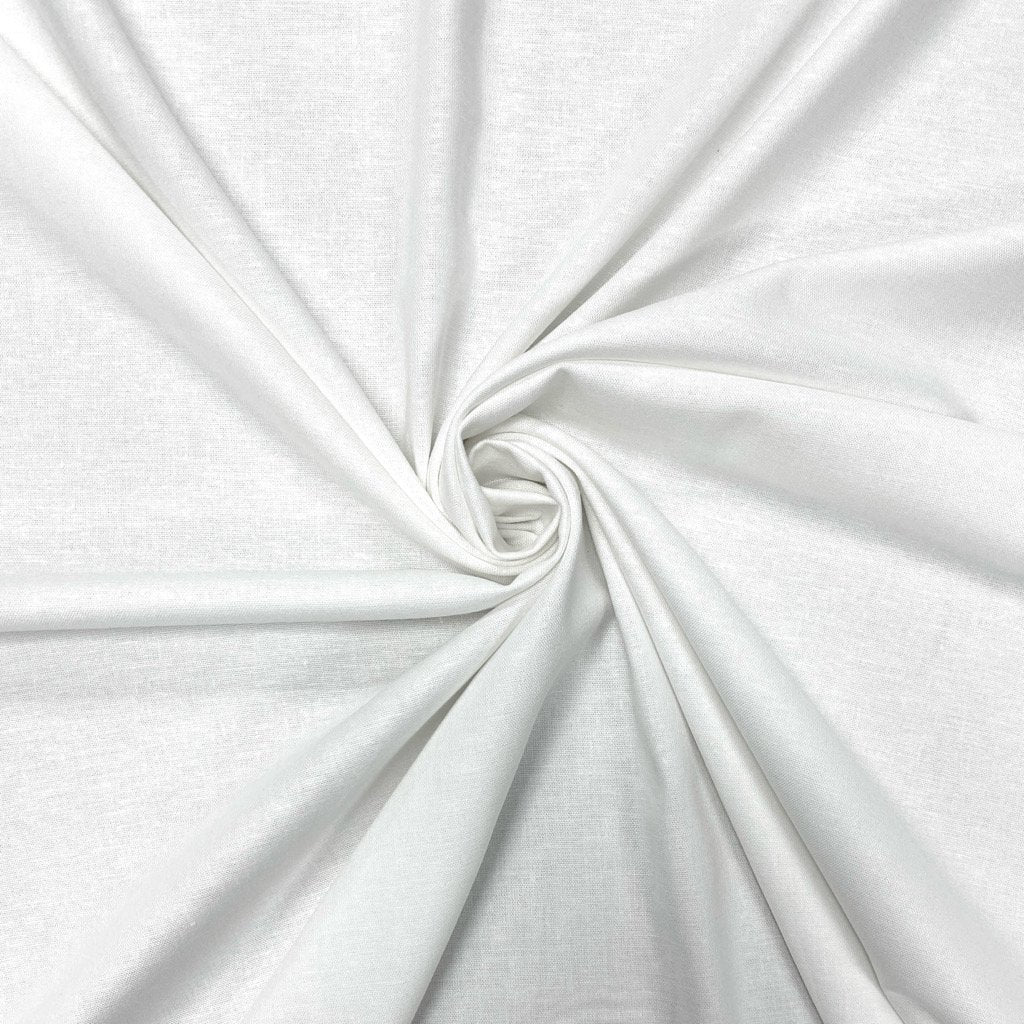
Fashion and Apparel
Viscose fabric is widely used in the fashion industry due to its appealing characteristics. Its ability to drape beautifully makes it an excellent choice for garments that require a flowy, elegant look. Summer dresses, blouses, skirts, and wide-leg trousers are often made from viscose due to its lightweight and breathable nature. These garments benefit from viscose’s natural sheen and smooth texture, providing both comfort and style.
Home Textiles
Beyond clothing, viscose is also popular in home textiles. Items such as curtains, upholstery, and bed linens can benefit from the soft, luxurious feel of viscose. The fabric’s ability to absorb moisture and regulate temperature makes it suitable for bedding, ensuring a comfortable sleep environment. Additionally, viscose’s aesthetic appeal enhances the overall look and feel of home decor items.
Activewear and Stretch Garments
While viscose on its own may not be as stretchy as other materials, when blended with spandex or elastane, it becomes suitable for activewear and stretch garments. This combination leverages the best qualities of both fibers – the smooth, breathable nature of viscose and the stretch and recovery of spandex. Such blends are ideal for leggings, yoga pants, and fitted tops that require both flexibility and comfort.
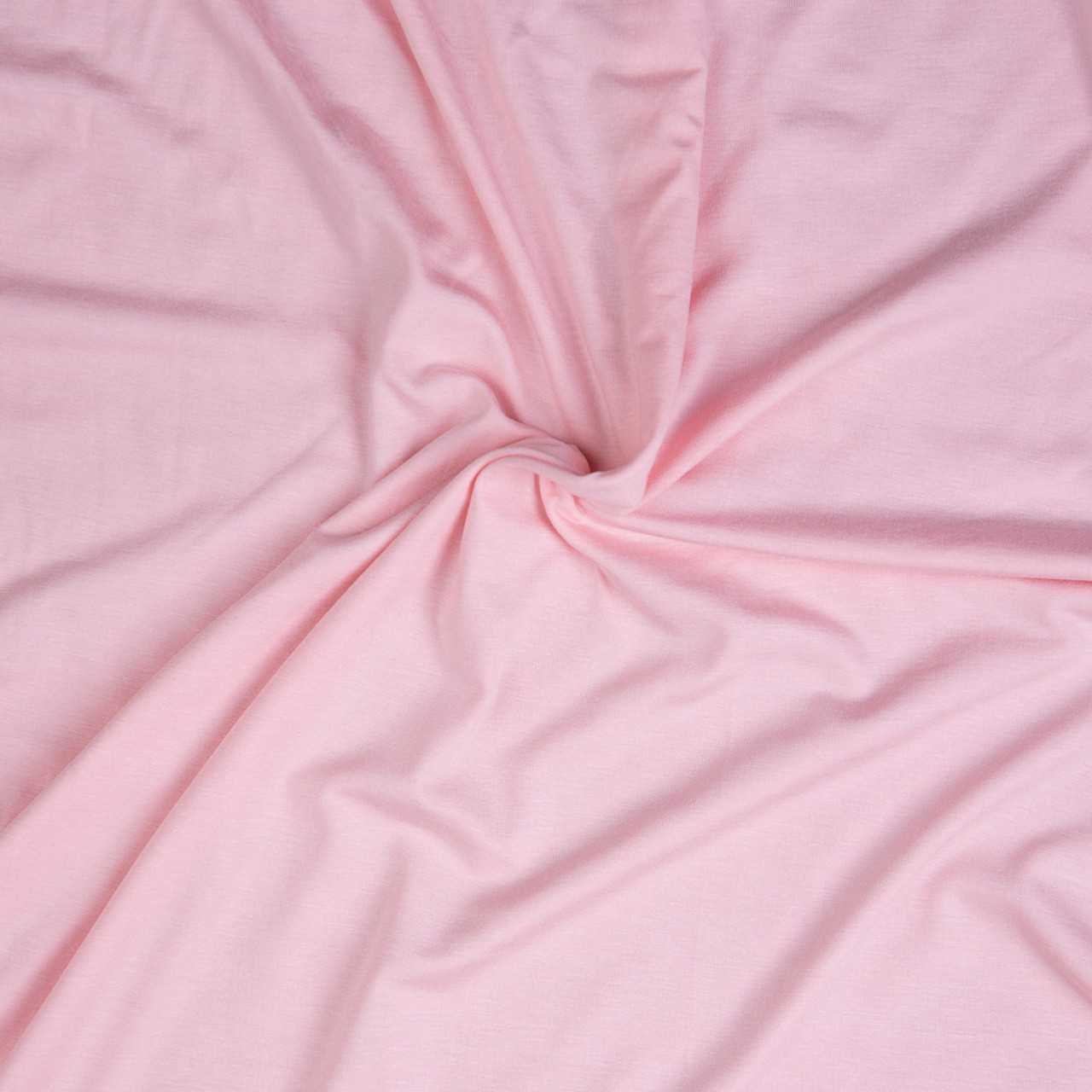
Benefits and Drawbacks of Viscose Fabric
Benefits
- Softness and Comfort: Viscose is incredibly soft and provides a comfortable feel against the skin, making it suitable for garments that are worn close to the body.
- Breathability: The fabric allows air to circulate, keeping the wearer cool and preventing excessive sweating.
- Absorbency: Viscose can absorb moisture effectively, making it a good option for warm weather clothing.
- Aesthetic Appeal: Viscose has a natural sheen and smooth texture, giving garments a luxurious appearance.
Conclusion
In conclusion, while viscose fabric does possess some degree of stretchiness and flexibility, it is not classified as a stretch fabric in the same category as elastane or spandex. The natural properties of viscose, including its drape, breathability, and softness, make it a sought-after material for a wide range of apparel and textile applications. When considering the stretchiness of viscose fabric, it is important to take into account factors such as the weave or knit structure, blended fiber compositions, and intended use. By understanding the characteristics and potential stretch properties of viscose, designers and consumers can make informed choices when selecting and working with this versatile and elegant fabric.





